Access to Collaboration Site and Physics Results
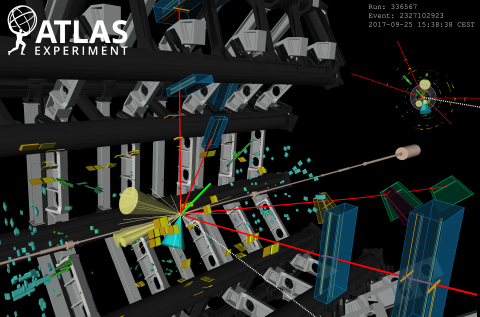
Summary of new ATLAS results for EPS-HEP 2019
– ATLAS physicists are in Ghent, Belgium, this week for the European Physical Society Conference on High-Energy Physics (EPS-HEP) 2019. Since its establishment in 1971, the EPS-HEP conference has brought together the high-energy particle physics community every two years to discuss the latest results in field. This year, several hundred physicists from around the world are expected to attend.Read more →
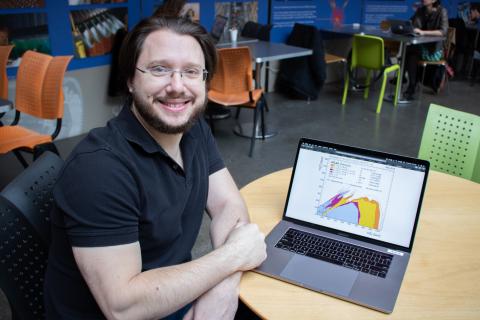
In conversation with Zachary Marshall, a leading voice in the search for new physics
– Simulation and supersymmetry, two things that have defined Zachary Marshall’s career. Zach is a researcher with Lawrence Berkeley National Lab. He is currently the co-convener of the ATLAS Supersymmetry group, leading the team searching for supersymmetry and all its various manifestations, building on his previous work as convenor of the ATLAS Simulation group.Read more →

ATLAS delivers its most precise luminosity measurement yet
– The large amount of data delivered by the LHC in Run 2 (2015-2018) has not only allowed the ATLAS Experiment to probe previously unexplored territory for rare Standard Model processes and new physics, but also to measure already known processes to better precision. In both cases, but particularly the latter, a precise measurement of the integrated luminosity of the dataset is essential. In other words, how many proton collisions actually occurred in ATLAS during Run 2.Read more →
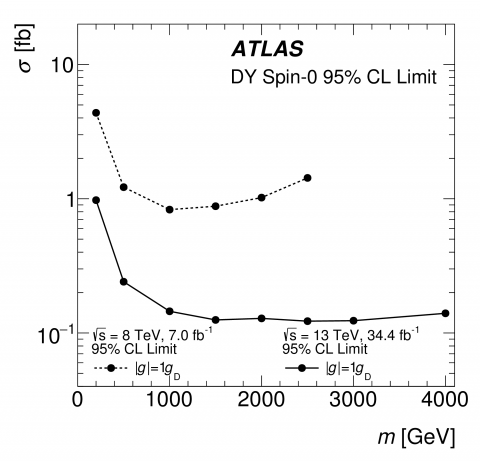
ATLAS releases new result in hunt for mysterious magnetic monopoles
– Dipole magnets are probably the best-known source of magnetic fields. They consist of a north and south pole; while one end magnetically attracts, the opposite repels. If you cut a magnet in half, you are left with two magnets, each with its own north and south pole. This apparent absence of an isolated magnetic pole - or “magnetic monopole” - has puzzled physicists for more than a century. It would seem perfectly natural for this particle to be present in our universe; Maxwell’s equations would reflect complete symmetry between electricity and magnetism if particles with magnetic charge were observed. So far the mystery remains: while every known particle in our universe is either electrically charged or neutral, none have been found to be magnetically charged.Read more →
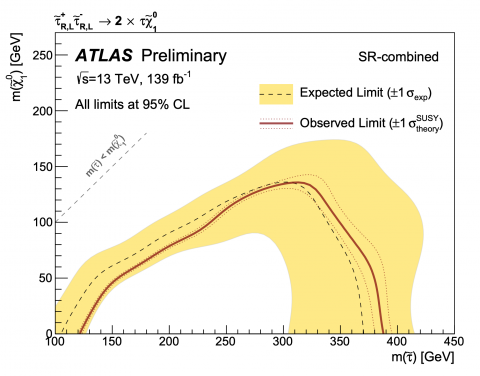
Searching for Electroweak SUSY: not because it is easy, but because it is hard
– Today, at the Large Hadron Collider Physics (LHCP) conference in Puebla, Mexico, and at the SUSY2019 conference in Corpus Christi, USA, the ATLAS Collaboration presented numerous new searches for SUSY based on the full Run-2 dataset (taken between 2015 and 2018), including two particularly challenging searches for electroweak SUSY. Both target particles that are produced at extremely low rates at the LHC, and decay into Standard Model particles that are themselves difficult to reconstruct. The large amount of data successfully collected by ATLAS in Run 2 provides a unique opportunity to explore these scenarios with new analysis techniques.Read more →
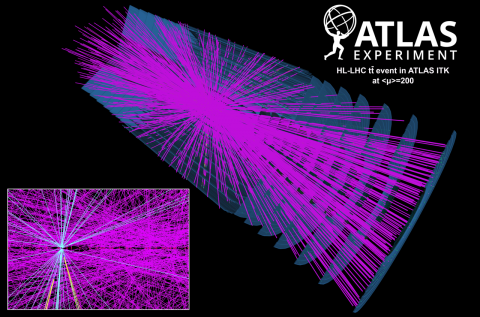
Exploring the scientific potential of the ATLAS experiment at the High-Luminosity LHC
– The High-Luminosity upgrade of the Large Hadron Collider (HL-LHC) is scheduled to begin colliding protons in 2026. This major improvement to CERN’s flagship accelerator will increase the total number of collisions in the ATLAS experiment by a factor of 10. To cope with this increase, ATLAS is preparing a complex series of upgrades including the installation of new detectors using state-of-the-art technology, the replacement of ageing electronics, and the upgrade of its trigger and data acquisition system.Read more →
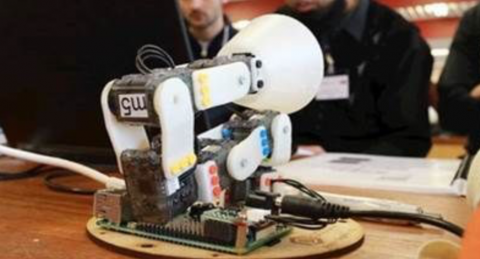
Ten days of Trigger and Data Acquisition at ISOTDAQ
– This April marked the 10th anniversary of the International School of Trigger and Data Acquisition (ISOTDAQ). It was a fantastic event that united researchers in physics, computing and engineering, ranging from undergraduate students to post-doctoral scientists. The goal of the school was to teach the "arts and crafts" of triggering and data-acquisition for high-energy physics experiments through a series of lectures and hands-on laboratory exercises.Read more →
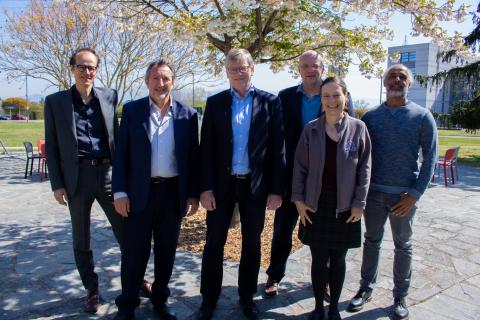
ATLAS Management enters new term
– The management of the ATLAS experiment begins a new term this Spring, with Spokesperson Karl Jakobs (University of Freiburg) continuing to steer the collaboration through Long Shutdown 2 to the start of Run 3 of the Large Hadron Collider (LHC).Read more →
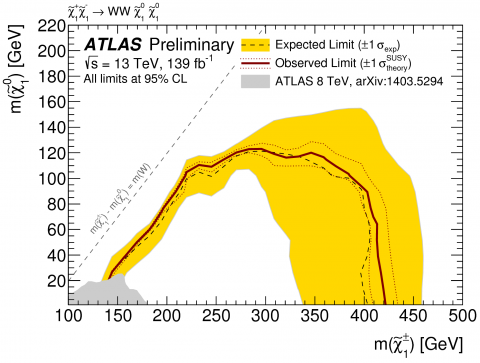
ATLAS sets strong constraints on supersymmetric dark matter
– One of the most complete theoretical frameworks that includes a dark matter candidate is supersymmetry. Dark matter is an unknown type of matter present in the universe, which could be of particle origin. Many supersymmetric models predict the existence of a new stable, invisible particle - the lightest supersymmetric particle (LSP) – which has the right properties to be a dark matter particle. The ATLAS Collaboration has recently reported two new results on searches for an LSP where it exploited the experiment’s full “Run 2” data sample taken at 13 TeV proton-proton collision energy. The analyses looked for the pair production of two heavy supersymmetric particles, each of which decays to observable Standard Model particles and an LSP in the detector.Read more →
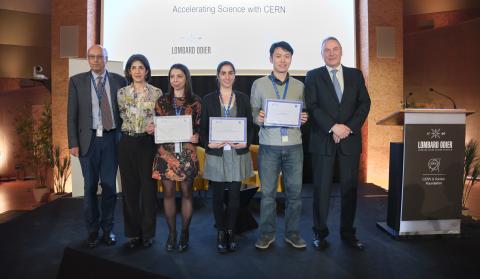
Celebrating the recipients of the 2019 ATLAS PhD Grant
– At an award ceremony in the Globe of Science and Innovation, the recipients of the 2019 ATLAS PhD Grant were celebrated in the presence of CERN & Society donors and members of the ATLAS community. The ATLAS PhD Grant has supported up-and-coming talents in particle physics since 2014 and this year saw a new donor take up its cause.Read more →




